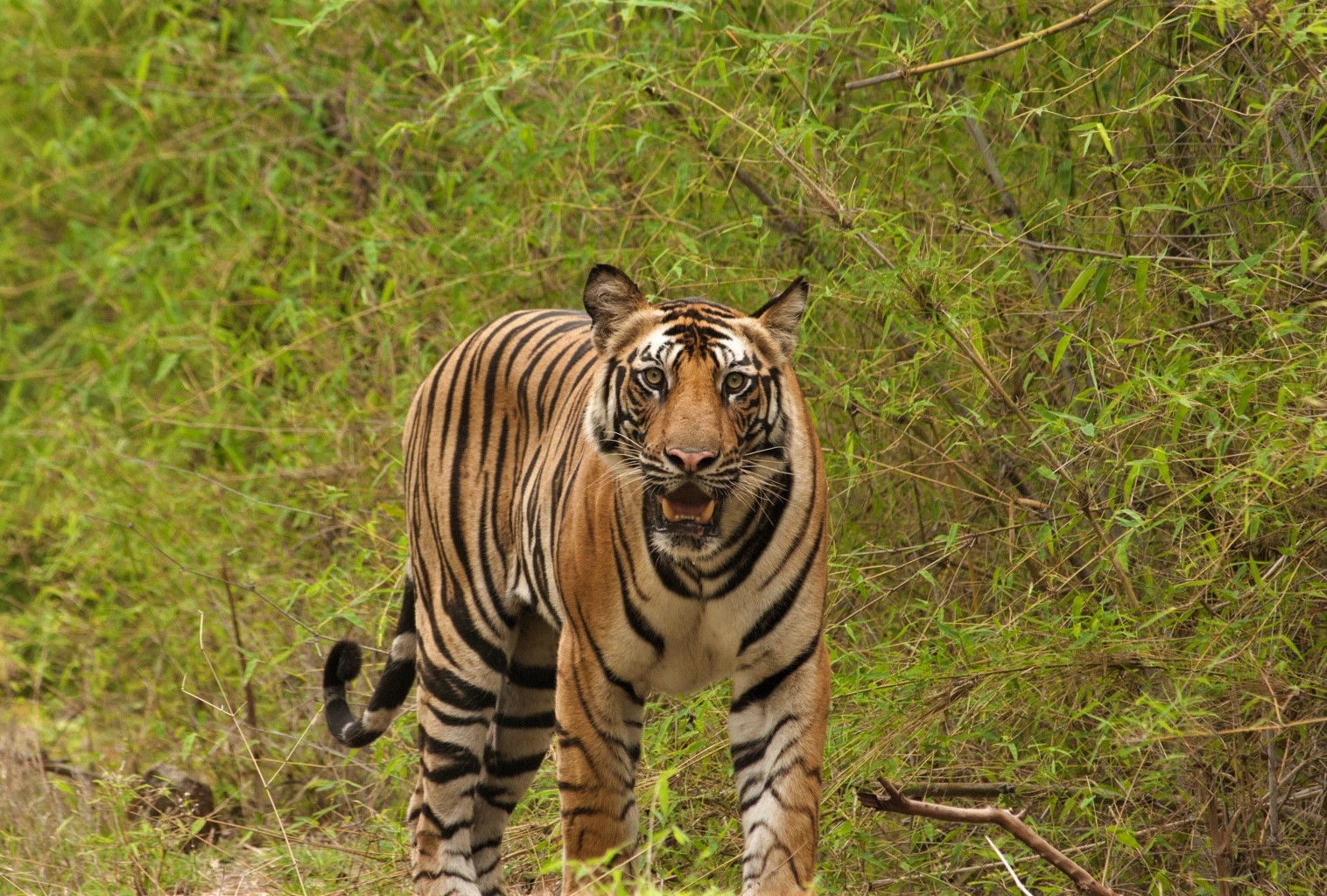Tourism Attractions
Features
Facilities
Facilities

Elephant Safari
If you're looking for a truly unforgettable adventure, look no further than Parsa National Park in Nepal! This incredible national park offers visitors the chance to experience the incredible beauty and diversity of the region from the back of an elephant. With our Elephant Safari services, you can explore the park's lush forests, rolling hills, and sparkling waterbodies in a way that few other tourists ever get to experience. Our knowledgeable guides will lead you on an unforgettable journey through the heart of the park, where you'll have the opportunity to see some of the rarest and most fascinating wildlife in the world, including tigers, rhinos, and elephants. So if you're ready to embark on the adventure of a lifetime, book your Elephant Safari tour at Parsa National Park today!
Kailash Bhata
Nestled atop a picturesque hill, Kailas Bhata is a site of great religious significance, drawing devotees and visitors from all across Nepal and India. The centerpiece of Kailas Bhata is undoubtedly its two small temples, dedicated to the Hindu deities of Shiva and Parbati, respectively. Known as Dugdeswor Mahadev, these temples are revered by Hindus as powerful symbols of spiritual strength and devotion. And, as an added bonus, Kailas Bhata is located within the boundaries of Parsa National Park, giving visitors the chance to combine their spiritual pilgrimage with a thrilling wildlife adventure. So if you're looking for a truly unique and unforgettable experience in Nepal, be sure to add Kailas Bhata to your itinerary.


Kailash Bhata
Nestled atop a picturesque hill, Kailas Bhata is a site of great religious significance, drawing devotees and visitors from all across Nepal and India. The centerpiece of Kailas Bhata is undoubtedly its two small temples, dedicated to the Hindu deities of Shiva and Parbati, respectively. Known as Dugdeswor Mahadev, these temples are revered by Hindus as powerful symbols of spiritual strength and devotion. And, as an added bonus, Kailas Bhata is located within the boundaries of Parsa National Park, giving visitors the chance to combine their spiritual pilgrimage with a thrilling wildlife adventure. So if you're looking for a truly unique and unforgettable experience in Nepal, be sure to add Kailas Bhata to your itinerary.

Bengal Tiger
Bengal Tiger (Panthera tigris tigris) probably arrived in the Indian subcontinent approximately 12,000 years ago. It occurs in India, Nepal, Bhutan and Bangladesh. Its populations exist in fragmented locations in the Terai region and core sub populations are concentrated in the protected areas of different National Parks & Wildlife Reserves. The global population of this species is about 3200. According to the Annual Report of DNPWC (2019), its population is 235. It is listed as endangered species by IUCN red list category as it is experiencing declines due to Poaching and illegal trade, Reduction in prey base, Habitat fragmentation or modification, and Human-tiger conflict, hunting, habitat degradation and fragmentation. National red list of mammals categorizes it as an endangered species. The legal status of this species in Nepal is Protected (Appendix I) under the National Parks and Wildlife Conservation Act 1973 and Appendix I in CITES law.

Striped Hyena
Hyaena (Hyaena Hyaena) belongs to the Carnivora Order and Hyaenidae Family. The mammal is native to India, Southeast of Asia and North Africa in the world. The lifespan of hyaena is 24 years. Its weight is 38.5 kg. The height of hyena is 0.75 m and length 1 to 1.5 m. The hyaena looks like a dog with dirty-brownish grey or dirty grey color and black stripes in the body and legs. The front legs of hyaena are longer than that of back ones. The gestation period of hyena is 88 to 92 days. It is listed as a lower risk/least concerned species in the IUCN Red List category. National red list of mammals categorizes it as an endangered species. The legal status of this species in Nepal is Protected (Appendix I) under the National Parks and Wildlife Conservation Act 1973. It is protected because of its heavy habitat loss. It is traded in national and international markets due to its fur.
Striped Hyena
Hyaena (Hyaena Hyaena) belongs to the Carnivora Order and Hyaenidae Family. The mammal is native to India, Southeast of Asia and North Africa in the world. The lifespan of hyaena is 24 years. Its weight is 38.5 kg. The height of hyena is 0.75 m and length 1 to 1.5 m. The hyaena looks like a dog with dirty-brownish grey or dirty grey colour and black stripes in the body and legs. The front legs of hyaena are longer than that of back ones. The gestation period of hyena is 88 to 92 days. It is listed as a lower risk/least concerned species in the IUCN Red List category. National red list of mammals categorizes it as an endangered species. The legal status of this species in Nepal is Protected (Appendix I) under the National Parks and Wildlife Conservation Act 1973. It is protected because of its heavy habitat loss. It is traded in national and international markets due to its fur.







